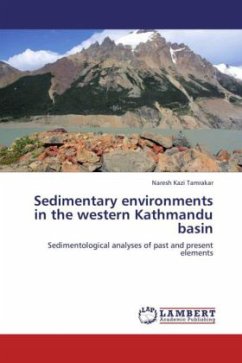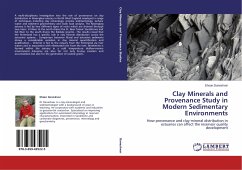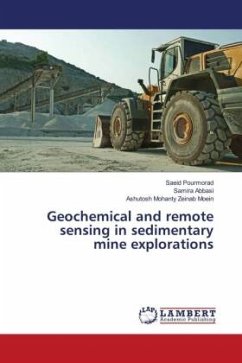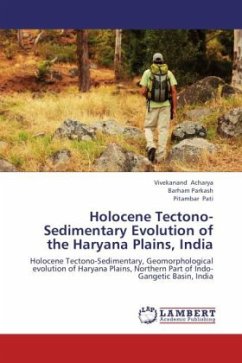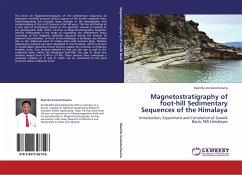Sedimentary terrains of the Sub-Himalayas (Siwaliks) were built up in the foothills by thrusting and uplifting of the foreland sediments. The Siwaliks are geologically young of Neogene Period. Several north-south flowing subsequent rivers have incised the foothills consequently removing lateral support of the river valley slopes, and contributing for landsliding. The Siwalik rocks are typically characterized by high contrast in stiffness between interbedded sandstone and mudstone or between well cemented conglomerate and mudstone. Differential weathering in sedimentary layers, and erosion of mudstone, and potential structural discontinuities in sandstones further aggravate landsliding in the sedimentary terrains. Thrusting along major tectonic lines and tilting of sedimentary layers are also important causes.
Bitte wählen Sie Ihr Anliegen aus.
Rechnungen
Retourenschein anfordern
Bestellstatus
Storno




